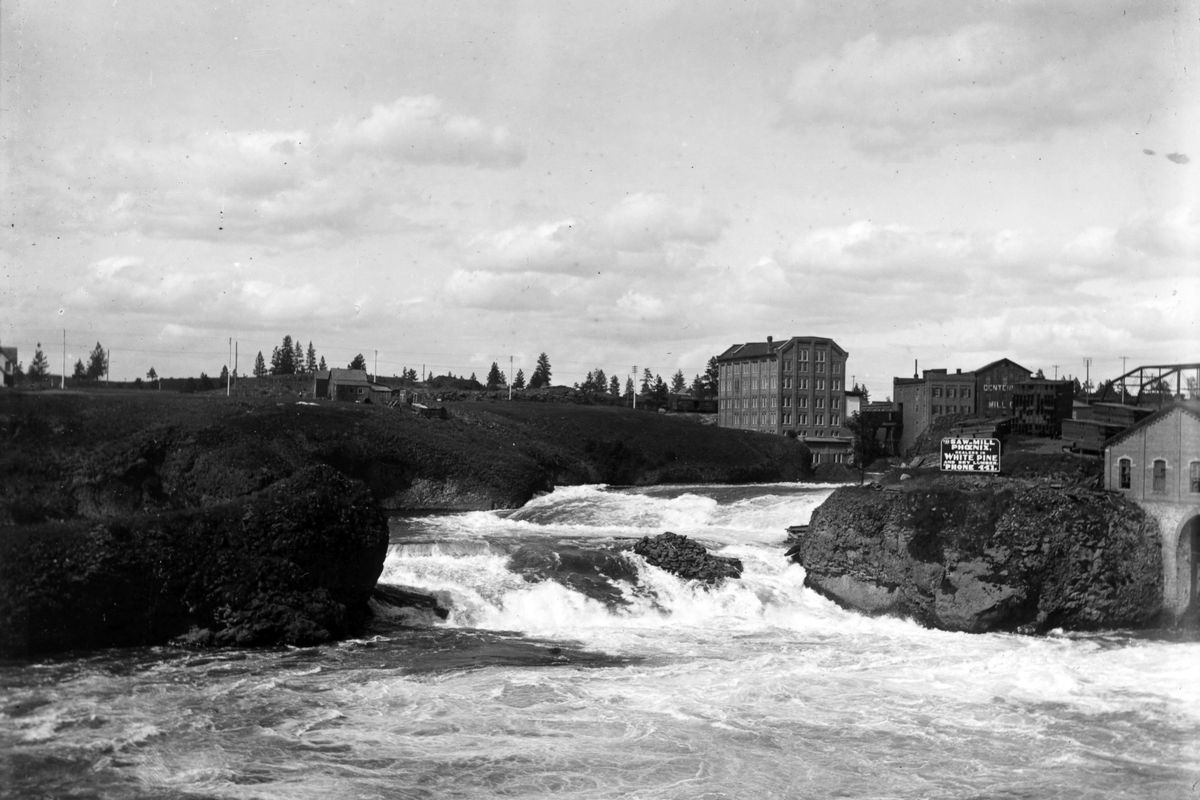Then and Now: Spokane Flour Mill

In the 1890s, a prominent member of the Jewish community in Spokane, Simon Oppenheimer, known as “the biggest man in Spokane,” financed a flour mill and two banks and helped launch Spokane’s economy.
In search of capital, Oppenheimer traveled to the Netherlands and secured $300,000 from Dutch banks to finance early Spokane banks and businesses, including the famous Spokane Flour Mill north of the falls, built in 1895.
Before electrical service, a water wheel in the river operated the rollers to grind grain and kernels. The mill was built alongside several other water-powered mills on the north bank and nearby islands, but due to lawsuits over ownership, it didn’t go into operation until 1900. Today it is home to Clinkerdagger and several other restaurants and shops, but it ground grain into flour for more than 70 years.
After the flurry of mill development, Oppenheimer, then the head of the Northwest Power and Milling Co., skipped town in the wake of the 1893 financial panic after bankruptcy forced him to abandon his property. He fled to South America, but the mill continued to be fought over long after construction was finished. After a long battle in court, Washington Water Power finally chose to buy the holdings, valued at $3 million, for $300,000.
When the World’s Fair came to Spokane in 1974, the Flour Mill was extensively renovated into a mall of shops and restaurants. The Mill was designed with uneven floor levels to accommodate the arrival of boxcars, which carried 500-600 bags of wheat weighing 140 pounds each.